Rising Prevalence of Chronic Diseases
The increasing prevalence of chronic diseases such as diabetes, cardiovascular disorders, and cancer is a primary driver of the IV Equipment Market. As these conditions often require long-term treatment and management, the demand for intravenous therapies is likely to rise. According to recent data, chronic diseases account for approximately 70 percent of all deaths worldwide, which underscores the necessity for effective treatment options. This trend compels healthcare providers to invest in advanced IV equipment to ensure efficient and safe delivery of medications. Consequently, the IV Equipment Market is expected to experience substantial growth as healthcare systems adapt to meet the needs of an aging population and the rising burden of chronic illnesses.
Technological Innovations in IV Equipment
Technological advancements in IV equipment are transforming the landscape of the IV Equipment Market. Innovations such as smart infusion pumps, automated IV systems, and advanced catheter technologies enhance the efficiency and safety of intravenous therapies. For instance, smart infusion pumps equipped with dose error reduction systems are becoming increasingly prevalent, reducing the risk of medication errors. The market for infusion pumps alone is projected to reach several billion dollars by 2026, indicating a robust growth trajectory. These innovations not only improve patient outcomes but also streamline hospital workflows, making them essential components in modern healthcare settings. As technology continues to evolve, the IV Equipment Market is poised for further expansion.
Regulatory Compliance and Quality Standards
Regulatory compliance and adherence to quality standards are critical drivers in the IV Equipment Market. Governments and health authorities impose stringent regulations to ensure the safety and efficacy of medical devices, including IV equipment. Compliance with these regulations not only enhances patient safety but also fosters trust among healthcare providers and patients. The IV Equipment Market must navigate complex regulatory landscapes, which can vary significantly across regions. However, companies that successfully meet these standards are likely to gain a competitive advantage. The emphasis on quality assurance and regulatory compliance is expected to shape product development and innovation within the industry, ultimately benefiting patient care.
Growing Investment in Healthcare Infrastructure
Investment in healthcare infrastructure is a vital driver of the IV Equipment Market. As countries strive to improve their healthcare systems, there is a concerted effort to enhance facilities, expand services, and upgrade medical equipment. This trend is particularly evident in emerging markets, where governments are increasing healthcare spending to meet the demands of growing populations. For instance, investments in hospitals and clinics are projected to rise significantly, leading to an increased demand for IV equipment. The IV Equipment Market stands to benefit from these investments, as healthcare providers seek to equip their facilities with the latest technologies to improve patient care and operational efficiency.
Increasing Demand for Home Healthcare Solutions
The growing trend towards home healthcare is significantly influencing the IV Equipment Market. Patients increasingly prefer receiving treatments in the comfort of their homes, driven by factors such as convenience, cost-effectiveness, and improved quality of life. This shift necessitates the development of portable and user-friendly IV equipment that can be utilized outside traditional healthcare settings. Market data suggests that the home healthcare market is expected to grow at a compound annual growth rate of over 7 percent in the coming years. As a result, manufacturers are focusing on creating innovative IV solutions tailored for home use, thereby expanding their market reach and catering to the evolving needs of patients.


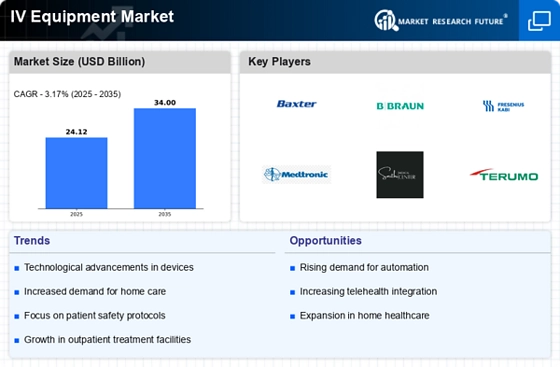
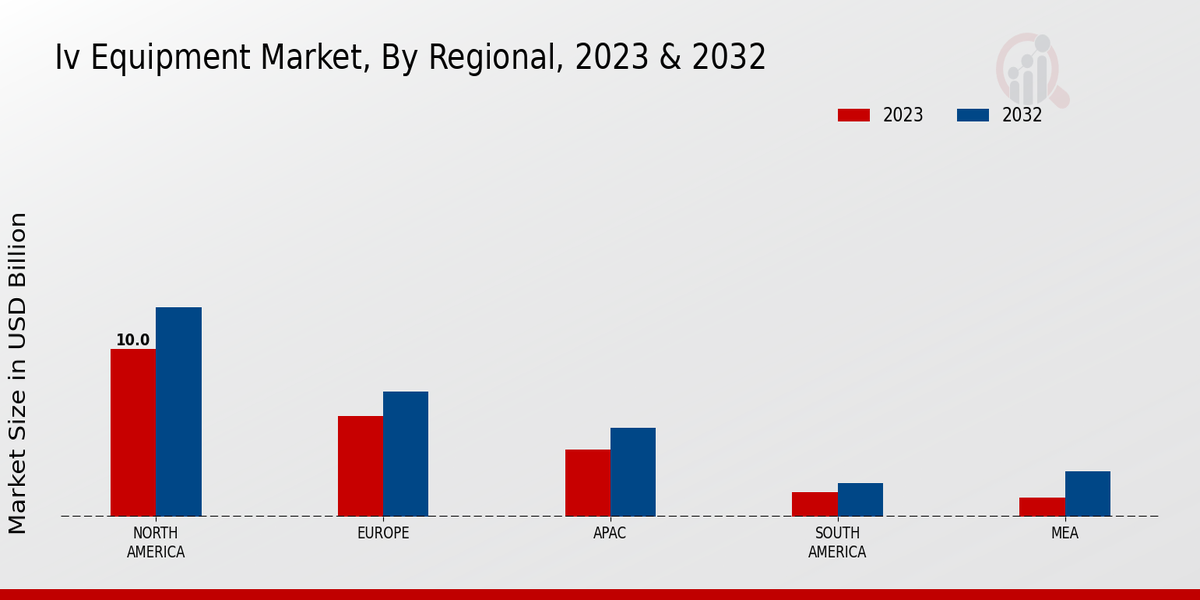
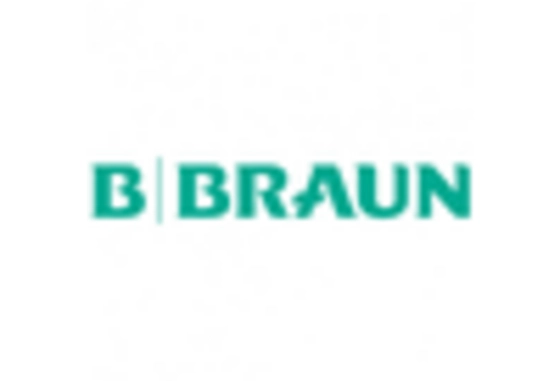
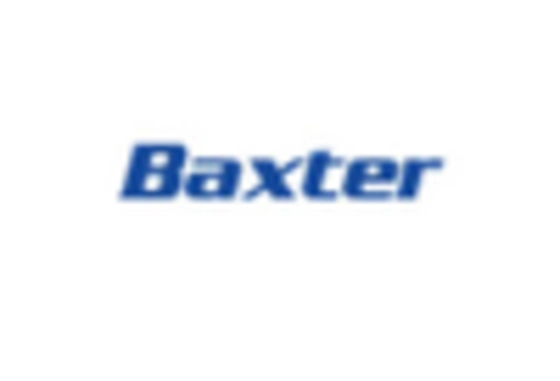
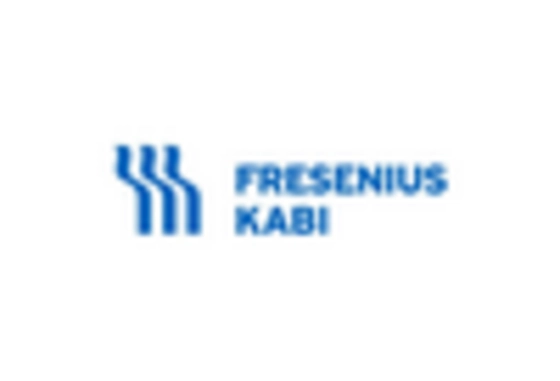
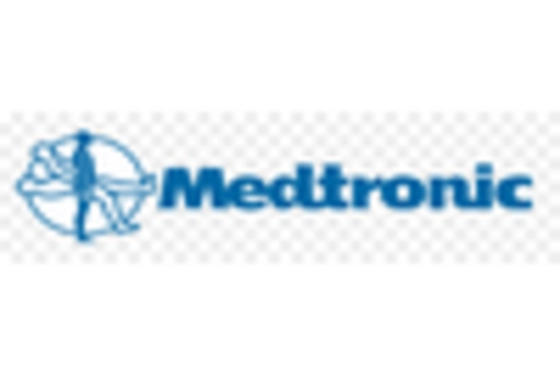

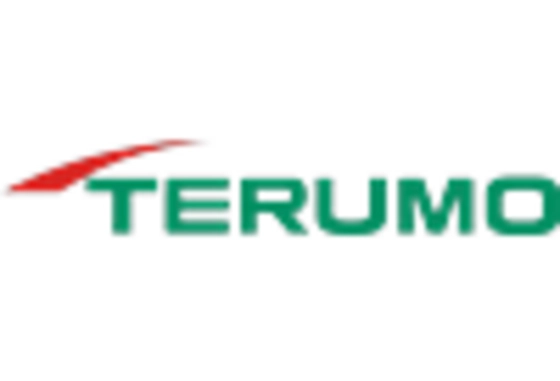








Leave a Comment